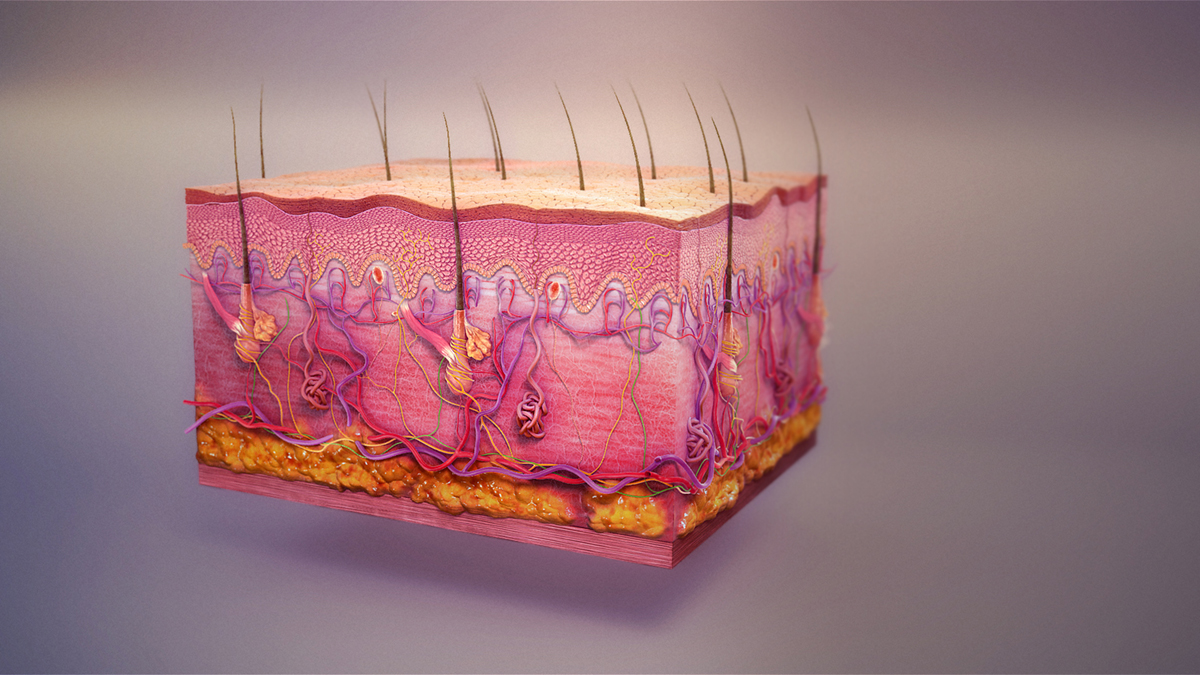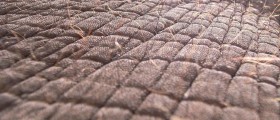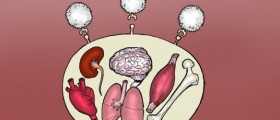
The integumentary system
There is one system that serves as a shield, a protective barrier between the tissues that are inside the organism and external environment. This is the integumentary system. Organs of this system also provide the organism with insulation and assist in excretion of waste from the organism. What is this system? Well, it is, more or less, skin. Skin is the largest organ of the body and is the main organ of the integumentary system. Skin derivatives, such as nails and hair (and scales and feathers, though these are a bit hard to find on humans) are also regarded as organs of the integumentary system.
Functions of the integumentary system
Protection of the body is a principal function of the integumentary system. Its organs form a waterproof layer, meant to keep inside what is meant to be inside, and vice versa. This layer also serves as a physical barrier, which prevents harmful microorganisms to enter the body and eventually cause a disease.
The second important function is maintenance of homeostasis, that is, keeping and regulating constant environmental conditions, such as temperature and acidity inside the organism. When we know that the environmental conditions outside the organism are both drastically different than those inside and ever-changing, importance of this role is clear.
Numerous senses depend on the skin, as it has numerous nerve endings spread all over it. These are responsible for providing the brain with input that decodes into the sense of touch, pressure, pain and changes in temperature. Also, metabolic waste is excreted by the skin by means of perspiration.
Organs of the integumentary system
Skin is the chief organ of the integumentary system, and is made of the epidermis and dermis. Epidermis is the outermost layer of the skin, which forms the waterproof barrier. The dermis is located below the epidermis. It is thicker of the two layers and contains blood vessels, hair follicles and various glands. The third layer of the skin is not exactly a part of the skin, and thus not one of the organs of the integumentary system, but we will mention it as it also plays a role in the function of skin. This layer is known as hypodermis and, as its name implies, lies below the dermis. Its role is to attach the skin to the the underlying tissues. One half of this layer is fat, so this means that this layer also provides padding and insulation for the body.
Glands of the skin include sweat glands and the sebaceous glands. Sweat glands secrete sweat, whose evaporation cools the body, and is the most functional method to cool the body by itself. Oily substance that lubricates and protect the skin and the hair, known as the sebum, is secreted by the sebaceous glands.
Additional organs of the integumentary system include hair, nails, scales, and feathers. These are all mostly keratin (an important protein of the skin, responsible for most of the structure of the outer skin) by composition. Hair is found only on mammals. It traps air around the body, which then serves as an insulating layer. Hair inside the nasal chambers and eyelashes serve to keep particles of dust from penetrating into nose and eye. Nails are a thick and hard layer of keratinized cells. Nails provide protection to the tips of toes and fingers.

















Your thoughts on this
Loading...